Here is a curious article about an interesting hurdle faced by some urban beekeepers in Brooklyn...their honey is turning out bright red! Guess what the culprit is: Red Dye #40 from Dell’s Maraschino Cherries Company. So people who want hives in the neighborhood to contribute to the whole slow foods/locally grown/organic/natural movement are being betrayed by bees who cannot resist heavy syrup no matter how many native nectar rich plants are around.
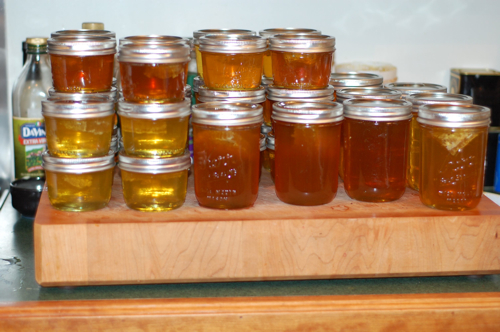
Speaking of weird honey, Lorraine and I finally got around to putting some of our extracted honey into jars. Kind of fascinated by our honey colors this year. We usually only have light colored honey, but this year we have both light and dark. Both taste fabulous, the darker honey is a bit more...rich in flavor, while the light is delicate and subtle in its sweetness.
I was not having the best day. A project I have been working on for some time received a setback yesterday. Every time I think I can see the light at the end of the tunnel with this project, I get the rug yanked out from under me. This time it's a financial setback on the project. Lorraine and I had planned on bottling honey today, but when I saw the snow and ice as I got out of bed this morning, I texted Lorraine that I was bad company and decided to stay home to brood a bit about my problem. She called and said, "No, that's not what you need to do, you need to come out here and help me with the honey and talk."
Well...how could I argue with that?

We have some honey that has been drained from comb and then we have comb with honey called Ross Rounds. Both are safe for human consumption. We decided to get a little arty with our bottling and put chunks of wax and comb honey in our jars. We'd then pour extracted honey over it. It looked cool and it gives our friends the chance to try comb honey if they want but still get plenty of the straight liquid variety. As we admired how cool the wax comb looked in the jars...we wondered what else we could put in there...like the above Buddah. We were quite pleased with the results and wondered how far we could go with this madness.
I noticed a Weeping Angel figurine and told Lorriane that I wished we could try that. She said, "It's my figurine, let's do it."
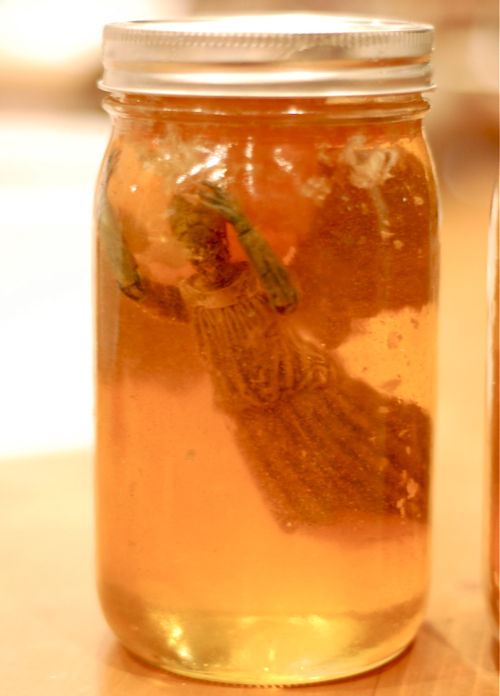
The affect was cool and terrifying. If you have seen the Doctor Who episode, you know why this is the most terrifying and dangerous honey ever. If not...well...I guess Lorraine and I seem a little weird, but that's okay.
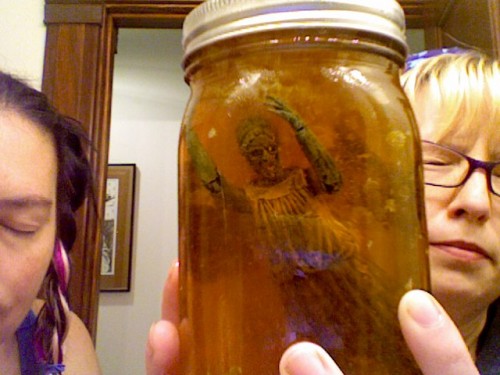
The shenanigans helped put my project in perspective. I'm always thrilled to rediscover that no matter what life throws at me on a long project, friends and beekeeping are a great escape.

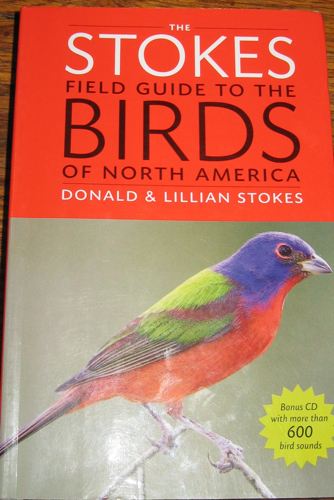

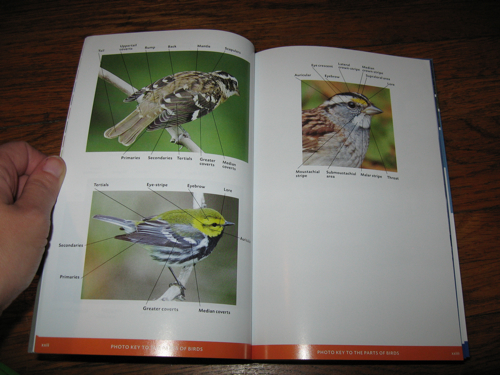
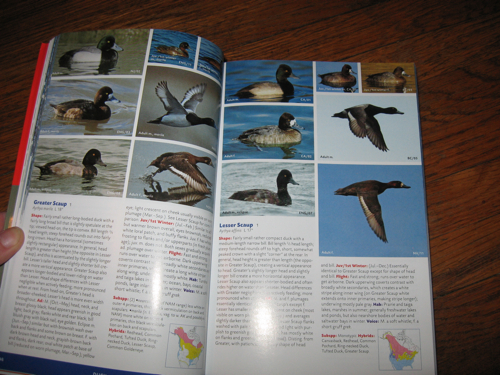



















 These are some redheads bathing and splashing against the sunset at
These are some redheads bathing and splashing against the sunset at 
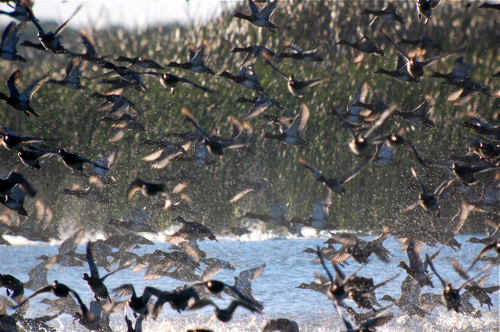
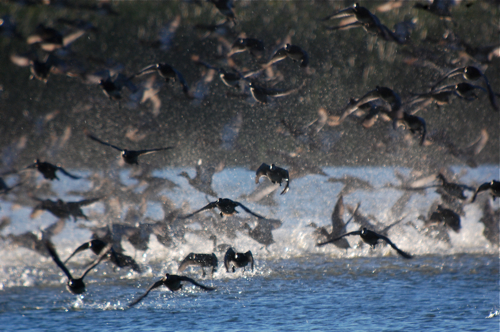
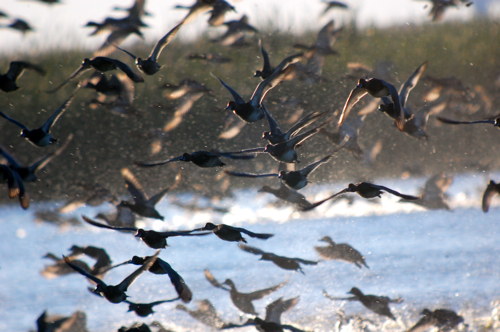
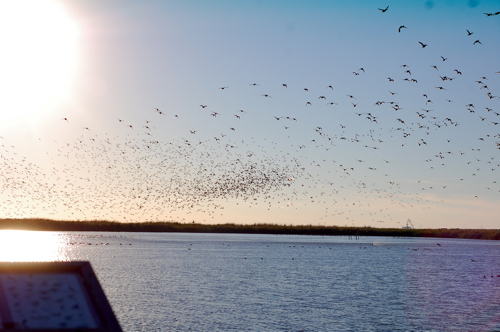
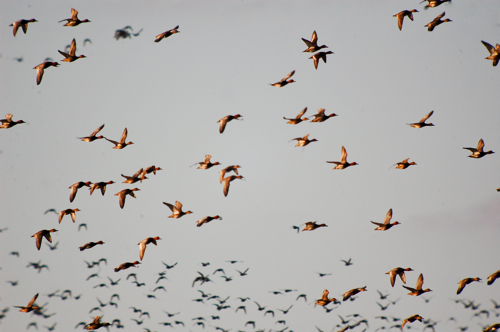
 My Beat Writer post is up over at
My Beat Writer post is up over at 